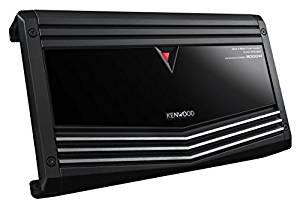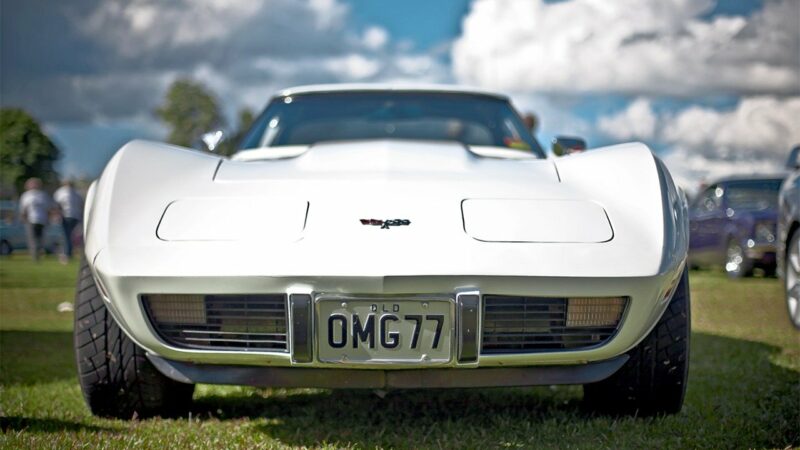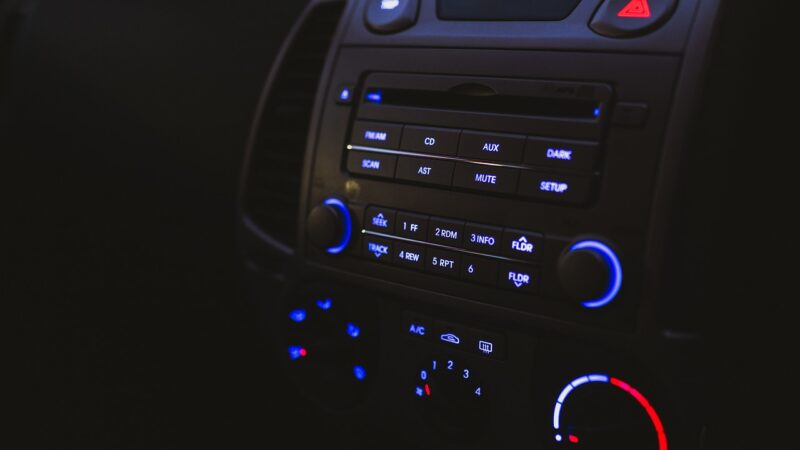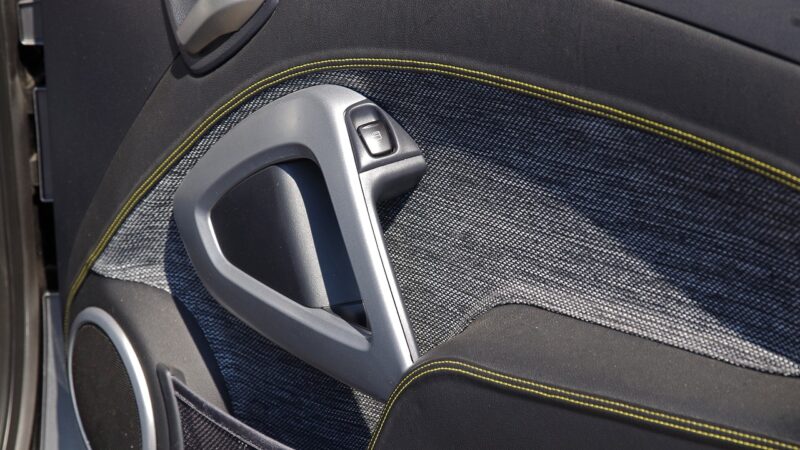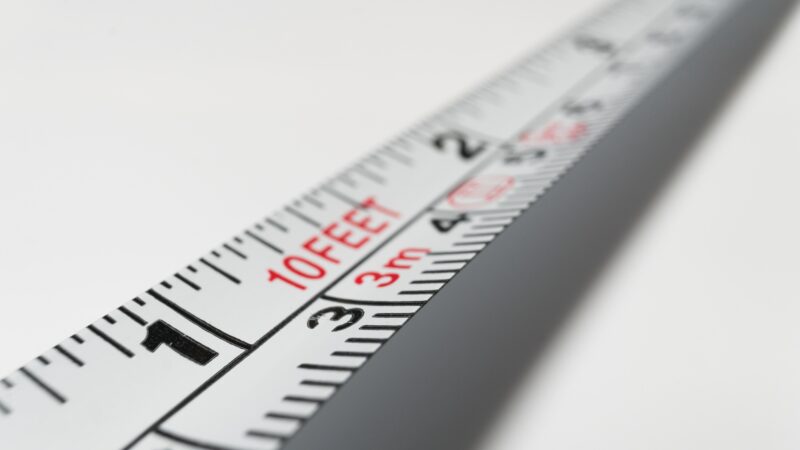What’s the Difference Between 2 Way, 3 Way, and 4 Way Speakers?
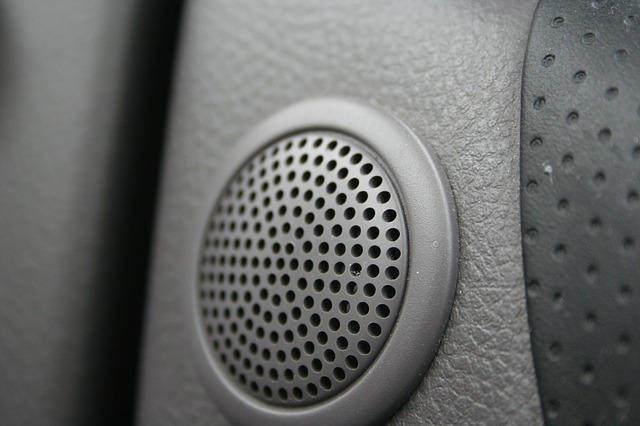
2-Way Vs. 3-Way Vs. 4-Way Speakers
If you’ve ever been driving around and notice that your music is being taken over by outside noises, then it might be time to invest in some new speakers for your car.
While there’s nothing wrong with factory-issued speakers (they do the most basic work), if you want to experience your music to the fullest you need to opt for a high quality speaker that will bring out the bass, push all the highs and lows, and give you a rich music sound you may have not thought possible before.
Going out shopping will present you with a number of different options, mainly between 2 way, 3 way, and 4 way speakers.
But which speakers the best for you? What are the best and worst things about each speaker? What should you be taking into consideration the most?
Below, we’re going to run over the most important aspects of these speakers and finding out which ones are the best ones for you.
Speaker System Basics
Before we dive into which one could be the optimal speaker for you, we should cover how a speaker system works.
Every sound you hear, from music to a dog barking, has frequency and amplitude. When you hear music, a device is sending out sound waves through the air with varying frequencies and amplitudes which allows you to hear the deep bass or high pitches.
When sound waves collide, this creates something called resonance so that the sound put out by the device is prolonged.
2 way, 3 way, and 4 way speakers are different loudspeaker systems and what makes them unique are their varying frequencies and the number of speakers included.
Some speakers can handle high and low frequencies only, while other speakers can handle the entire range. While you might think that the greater number of speakers a system has, the better the sound quality it produces, that notion is false. Speaker quality depends on the crossover setup, component quality, cabinet design, and if the speakers are matched well.
Speakers can boost their audio while blocking out other forms by producing certain types of wavelengths. Depending on the audio frequency, the system can produce a specific wavelength to amplify the sound.
Low pitch generates long wavelengths where high pitch is going to generate short ones.
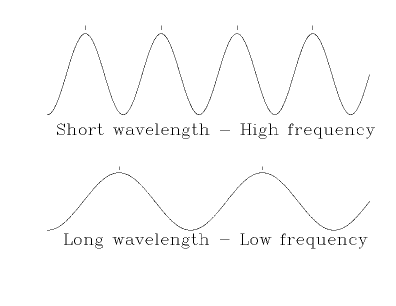
Speaker Components
You will notice that while reading through the descriptions, there are going to be components overlap. We’ll go over what those components are and what exactly they do.
Woofer
The woofer is the basic part of the speaker that produces the bass notes you might hear from a tuba or a guitar. Frequency notes are lower than other speakers. Woofers can be big, up to about 15 inches and consume the most power of your speakers. If you are looking for a great sub to pair with your interior speakers, be sure to check out our review of the 10 best subwoofers.
Tweeter
Your tweeter is a driver that is responsible for producing all of those higher audio frequencies. You might hear them coming from a flute or cymbal. These tend to be only a few inches big and give your music plenty of clarity and brightness.
Four way speakers tend to have an extra tweeter to bring in more clarity with those high frequencies.
Range
Also called mid-range speakers, these are smaller than the woofer but they look like they could be cousins. They produce, you guessed it, those mid-range sounds in between the lows of the woofer and the highs of the tweeters. Generally, they are no bigger than eight inches in diameter.
Now that we’ve had that crash course, on to the speakers!
2 Way Speakers
Another name for these speakers is coaxial and is one of the more common speaker types that you’ll find out there. They tend to be a bit cheaper and are perfect for those looking for an immediate upgrade to their music quality.
The two speakers include in this setup are the tweeter and the subwoofer but lacks mid-range capabilities. They produce high and low frequencies well, amplitude and bass will vary depending on their size.
A larger woofer is going to generate a louder bass since it handles more air movement but will in turn not be able to produce high-end frequencies.
Even though it uses just two components, people are usually more than happy with the results as it provides an instant upgrade to their car’s factory-issued audio system. You’ll be able to get the music boost you want while also keeping out any outside noise.
Pros
- Can handle high and low frequencies quite well
- More than sufficient enough for boosting your music and blocking out noise
- The more budget-friendly option
Cons
- Lacks mid-range capabilities
- Not nearly as loud as other monitors
Rock Fosgate Punch P165-SE
Here is an example of a fantastic 2 way speaker. With a molded mineral filled polypropylene cone, you’re going to get great sound that never distorts over time. It has a super durable structure with a built-in suspension system and matched motor magnet.
You’re going to be getting great mid bass and highs, which means it’s perfect for music like hip-hop. These speakers don’t have any customization options but they are affordable and quite durable. If you’re looking for a basic upgrade, these speakers are the ideal choice.
The one downside to these speakers at the tweeters are a bit too loud when it comes to playing back vocals.
3 Way Speakers
Onto the next level of speakers, 3 way speakers also go by another name: triaxial speakers. This speaker includes a woofer, tweeter, and additional component that is referred to as the midrange.
With an extra part, triaxial speakers are able to produce more detailed audio and it offers a wider frequency range than its coaxial counterpart.
With these speakers, you’re going to be gifted with sounds that are more natural to the human ear making it one of those most pleasurable speaker systems that you can buy.
With three components, you also get a bit of flexibility. If you’re looking for a speaker that can produce more high-end frequencies, some speakers substitute the mid-range for a super tweeter. This extends those high frequencies in order to give you a more detailed audio.
Pros
- Comes with three components: woofer, tweeter, and mid-range
- More detailed sound
- A wider frequency range
- Sounds are more natural
- Flexibility
Cons
- The price can be quite steep
Pioneer TSA 1676R
These speakers are beasts, requiring 320 Watts of maximum power. You can run them with a powerful amplifier and they’re not going to get blown out. You will get all the volume you need with this set of speakers.
It comes with a multi-layer mica matrix cone, designed for optimal sound production, response, and durability. It has a lightweight elastic polymer surround that produces great sounds no matter what music you have on the shuffle list for today.
With a wide frequency range, you’ll be sure to get a deep bass and hit all of those highs and lows.
The highs can sound a bit too harsh and some users have reported it is quite difficult to equalize.
4 Way Speakers
Moving on to our last speakers, 4 way speakers offer a few more advantages when compared to their speaker brethren.
This speaker comes fitted with a tweeter, a midrange cone, a bass cone, and an additional tweeter. There’s a lot stuffed into this package.
Just like the other speakers, it also has its own name. You’ll see it called a quad-axial speaker and it comes with a much wider range of high frequencies because of its extra tweeter. It outperforms other speakers with its two tweeter setup.
But, if you’re not someone who listens to music that makes frequent use of high frequencies, then you’re not going to notice that much of a difference. It doesn’t add too much of extra value and you might notice that it sounds quite similar to 2 way and 3 way speakers.
So if that extra tweeter isn’t going to do much, then why even bother checking out 4 way speakers?
While you may not notice that extra component, you are going to notice the speaker’s bass cone. So if you’re someone who listens to rap, classic rock, or pop music you’re going to want to make sure you invest in these speakers.
You’ll notice an instant improvement in your bass quality and the overall volume, rattling your windows and announcing your presence whenever you decide to roll up.
Pros
- Fantastic bass volume and power, the best among all the options
- 4 components meaning it’s covering all the frequencies
- Handles high frequencies quite well
Cons
- Very, very expensive
- You may not notice that extra tweeter
Pioneer TS-A1680F 6.5″ 350 Watt 4-Way Coaxial Car Speakers
Pioneer is one brand that has been in the speaker game for quite some time and their 4 way speakers are certainly up to par. They have great frequency ranges and don’t produce any distorted or muddy sounds.
It has a high power consumption, putting out at 350 Watts. This means you’re going to get fantastic bass and great volume overall.
They produce quality sound and come with a mult-ilayer mica matrix cone that is incredibly durable and has fantastic sound dispersion. It’s ideal for day to day use and built with voice coils ready to stand the heat.
The downside to these speakers is the huge power consumption and marginal sound, but other than that they are fantastic options for 4 way speakers.
FAQs
So what’s the big difference?
Besides the number of speakers, the biggest difference in all of these different systems is the components. Functions are determined by the speaker’s components, greatly impacting frequency and how loud the audio will be overall.
2 way speakers are by far the most limited out of the group while 4 way speakers can do the most.
Even though you will notice what they can and cannot do, you might not notice a big difference in sound quality. This is most apparent when you get up to those higher-end frequencies.
At the end of the day, each speaker is adding onto the last one. With your 2 way speakers, you have just your woofer and tweeter. The 3 way speakers take those two and add a mid-range speaker. Your 4 way speakers are going to take all that and another tweeter.
Consider them like leveling up when you start looking at different sound systems.
What are the different categories?
You’re going to find two different categories of speakers: component and full-range.
Component speakers are when the woofer and tweeter are separate, making it easier for you to adjust it to the whole body of your car.
Full-range speakers come in a combined form with the tweeter and the woofer together. Therefore, installation is much easier and cheaper than compared to component speakers.
Which one you choose depends on the music experience you want in your vehicle.
Which Speaker is the Right Choice?
Well, that often comes down to budget, car, and preference. While your friend may love to listen to heavy metal, you may be someone who just listens to rock. Your music choice is going to greatly influence the kind of speakers you buy. If you’re playing a lot of music with high frequency, then you’re going to want to have a speaker system that can produce those high frequencies.
Unless you’re someone who is constantly listening to music or a constant home theater user, then a 4 way speaker might not be worth the investment. By far the most expensive out of all three, the 4 way speaker is for those who listen to a wide range of music on a regular basis.
If you’re someone who’s just looking for a basic upgrade or you listen to music every now and then, a 2 or 3 way speaker is going to be best for you.
If you want a bit more range and greater sound abilities, then the 3 way speaker may be the best bet for you. It’s for those who want to hear a bit more when listening to music and all the different levels it has to offer.
Which one is the most common?
The most common out of all the speakers are the 3 way speakers and you’ll find them in the majority of audio systems. But once again, if you’re just a regular Joe looking for a basic upgrade then you could easily go for the 2 way speakers.




